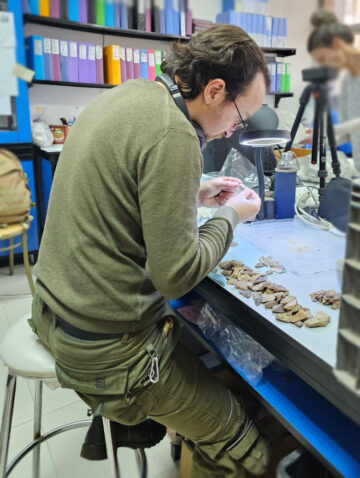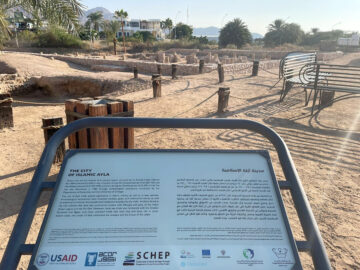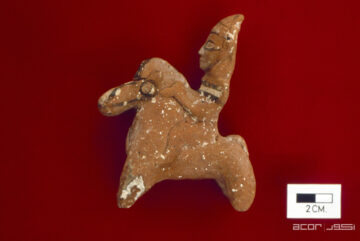
by Osama Samawi During my time as an undergraduate, I enrolled in a course called “Technology in Prehistoric Periods.” At 19, the word “technology” still made me think of computers, but I signed up out of curiosity. Prof. Maysoon Al-Nahar introduced us to the fascinating world of stone tool technology using Neolithic assemblages from Tell…













